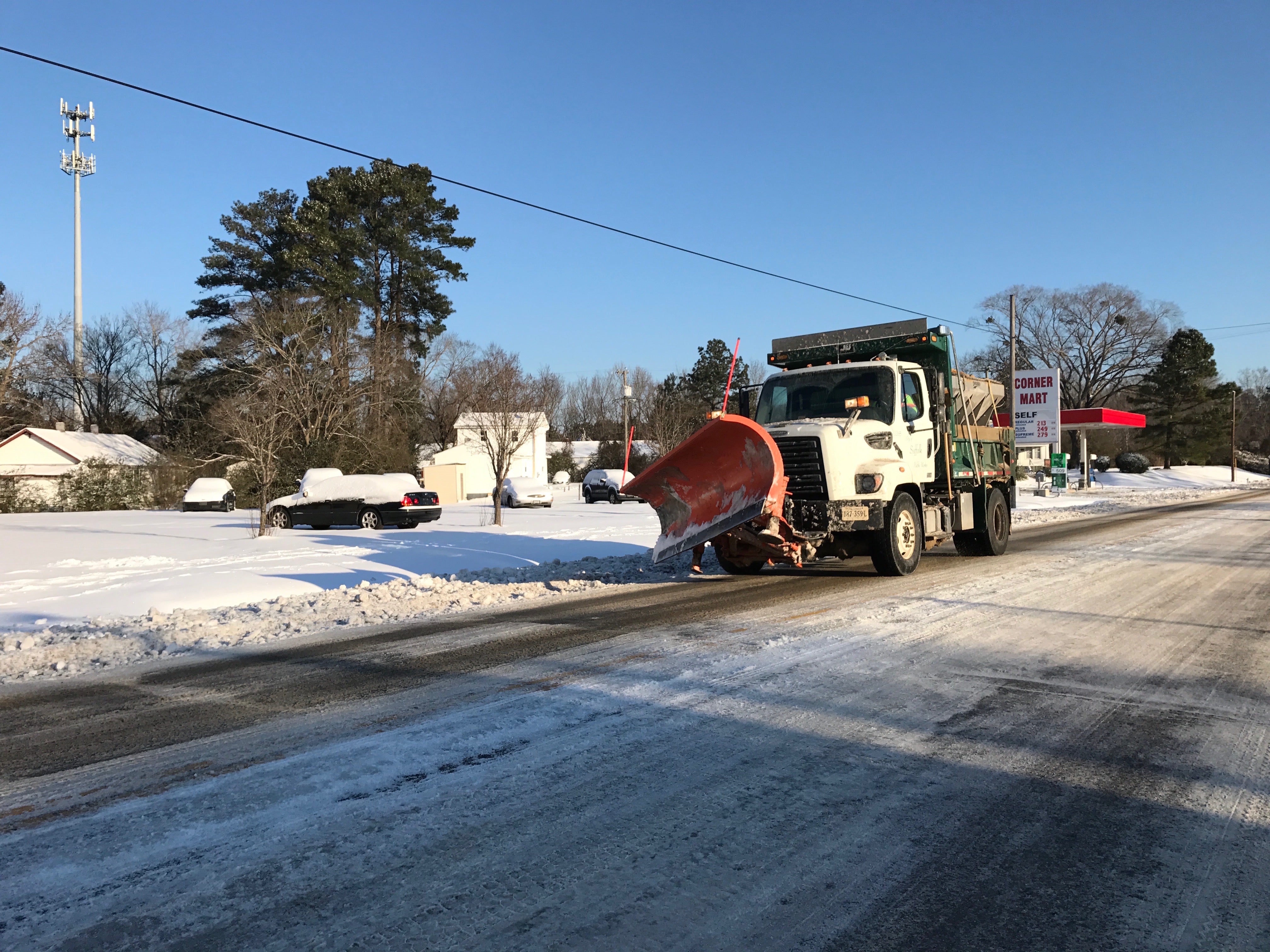Float plans an important safety factor
Published 12:00 am Monday, February 14, 2005
One of the nice benefits of this column is that I occasionally get e-mails from readers who offer great suggestions for future stories. In the past two weeks I have received half a dozen messages about the new additions to the Float Plan Central Web site. Each one re-enforced that this was one recreational boating issue that I needed to get out to the readers as quickly as I could. So without further delay, an article on this nice addition to the recreational boaters tool bag.
Float Plans are one of the most important pieces of paper that a recreational boater and can fill out before they get underway. The float plan is critical because it provides responders an idea where the boater was headed and for how long. It is like a GPS tracker in an automobile.
Two years ago the voluntary arm of the U.S. Coast Guard – the Coast Guard Auxiliary launched a simple, easy to you site at http://www.uscgau-x.org/~floatplan/ which provided boaters an
easy-to-use
and prepared Float Plan utilizing a one-page design.
In addition, the plan now includes the Boating Emergency Guide which assists, according to the Auxiliary web site, &uot;the holder of the plan, who has a genuine concern for the safety or welfare of the people on board, in beginning a search and rescue process, should it be needed.&uot;
As I mentioned in a column last year the Float Plan is probably one of the most important safety devices you can have, with a cost of only ink and paper. The new Auxiliary &uot;Millennium Edition&uot; Float Plan is the newest version. According to the Auxiliary Web site, &uot;Its logical organization and exclusive one-page design make it extremely easy to prepare and use.
But the plan by itself is not enough.
What makes the float plan a complete and fully functional device is the Boating Emergency Guide.
This step-by-step guide assists the holder of your plan, who has a genuine concern for the safety or welfare of the people on board, in beginning the Search And Rescue process.&uot;
It is important to understand that once you actually fill out a float plan you need to do something with it. My advice is to give it to a trusted friend with specific instructions on who to call if you become overdue. (Remember folks, the Boating Emergency Guide does provide a step-by-step set of instructions on what the holder of the plan should do if you don’t return home on time, or call in to say you will be delayed). Additionally, if you have a marina that you moor at, provide the owner/manager a copy.
This provides two possible people to initiate a search if you don’t return in accordance with your plan.
Bottom line, file a float plan. It takes minutes and could end up saving your life and the lives of your crew and guests.
Until next week…Boat Safe…Boat Smart!!!



